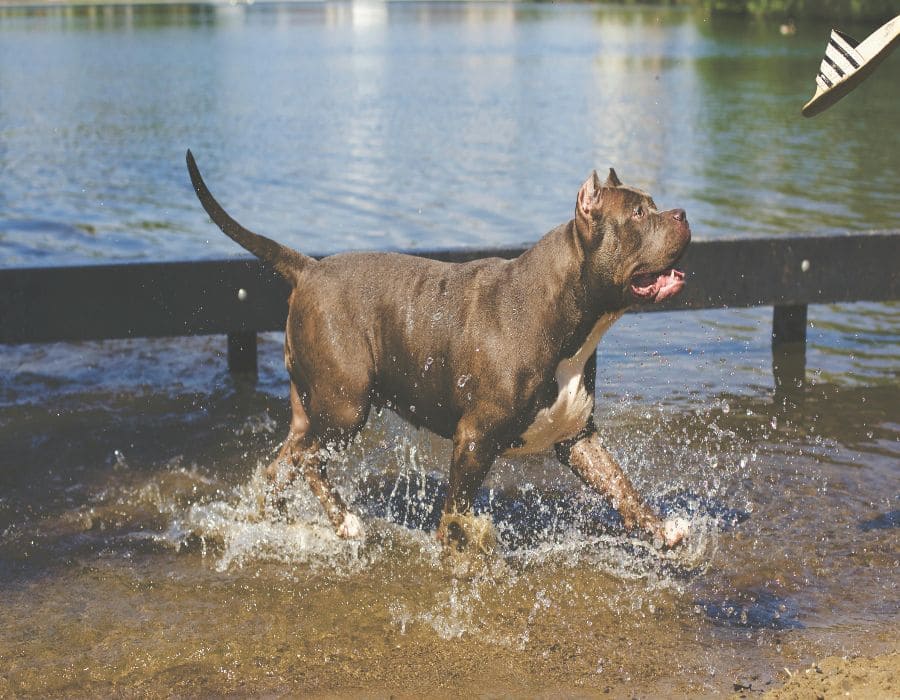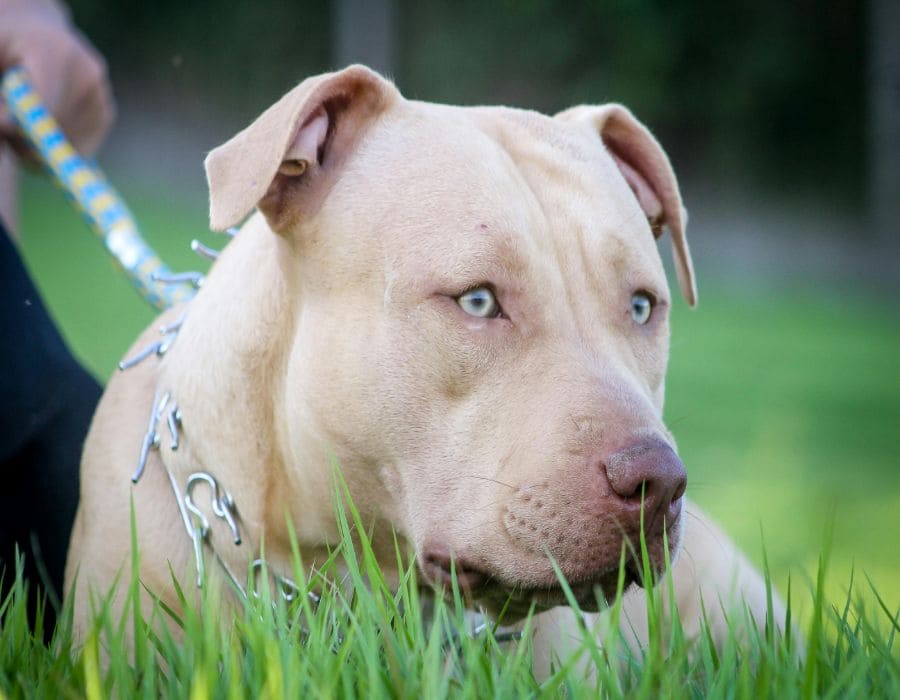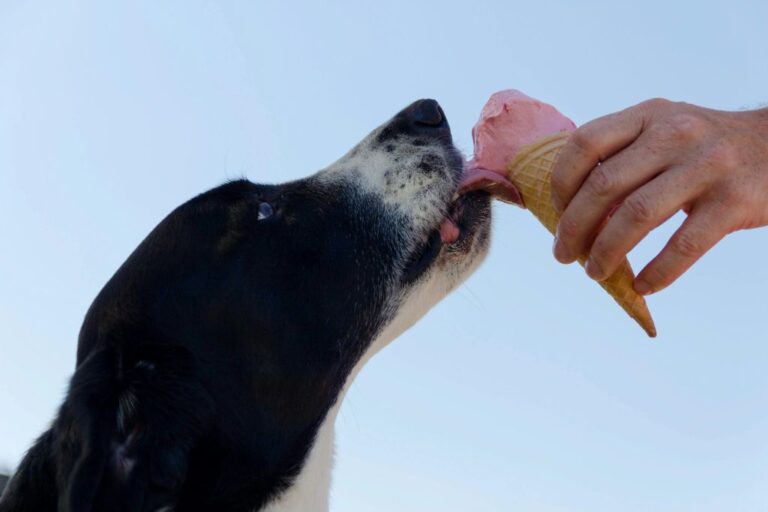Why the Pitbull Is So Misunderstood
The Pitbull is one of the most controversial and misunderstood dog breeds in the world. Often portrayed as aggressive, dangerous, and unpredictable, these dogs have been the target of breed-specific bans, media fear campaigns, and public mistrust.
However, those who truly know Pitbulls understand that these stereotypes do not define the breed. In reality, Pitbulls are loyal, intelligent, and affectionate dogs that have suffered from human misuse and unfair stigma. So, why is the Pitbull so misunderstood?
Let’s break down the common misconceptions, the truth about their temperament, and why these dogs deserve a second chance.
1. The Media Has Fueled the “Dangerous Dog” Narrative

For decades, Pitbulls have been the favorite target of sensationalized news stories. Whenever a dog attack is reported, the breed is often labeled as a Pitbull, even when the dog isn’t one.
The Reality:
• Many reports of Pitbull attacks involve misidentified breeds (Boxers, Bulldogs, and Mastiffs are often mistaken for Pitbulls).
• Other breeds have higher bite rates, but Pitbulls get more media attention.
• Dog behavior is shaped by training, environment, and treatment—not just breed.
What This Means: The media’s fear-driven stories have created a false, exaggerated reputation for Pitbulls.
2. They Were Historically Bred for Strength, Not Aggression

Pitbulls were originally bred in the 19th century for bull-baiting and farm work, but that does not mean they are naturally aggressive. They were selected for their strength, intelligence, and loyalty, not for hostility toward humans.
The Reality:
• In history, Pitbulls were known as “nanny dogs” because of their gentle, protective nature toward children.
• Well-trained Pitbulls are no more aggressive than any other breed.
• Aggression in any dog is a result of neglect, poor training, and irresponsible ownership—not genetics.
What This Means: Their past as working dogs doesn’t make them inherently aggressive or dangerous.
3. Pitbulls Are Often Trained for the Wrong Reasons

Unfortunately, some people exploit Pitbulls for illegal dog fighting, leading to the false belief that the breed itself is violent. These dogs are often subjected to abuse, neglect, and forced aggression—all at the hands of irresponsible owners.
The Reality:
• No dog is born aggressive—they are taught to be that way.
• Pitbulls are naturally eager to please and will follow the training they are given—good or bad.
• Many rescued Pitbulls that were used for fighting can be rehabilitated into loving pets.
What This Means: Humans—not Pitbulls—are responsible for their bad reputation.
4. Misidentification of the Breed Is Common

One of the biggest reasons Pitbulls face bans and negative stereotypes is misidentification. Many dogs with short coats, muscular builds, and blocky heads are wrongly labeled as Pitbulls, even when they aren’t.
The Reality:
• Studies have shown that many reported “Pitbull” attacks involved mixed-breed dogs or completely different breeds.
• Dog DNA testing has revealed that many shelter dogs labeled as Pitbulls are actually not Pitbulls at all.
• Breed-specific legislation often bans multiple breeds that look like Pitbulls without scientific reasoning.
What This Means: Many dogs are wrongly blamed for attacks, adding to the breed’s unfair reputation.
5. Pitbulls Score Highly on Temperament Tests

One of the strongest arguments against the Pitbull myth is science-based temperament testing. The American Temperament Test Society (ATTS) evaluates dog breeds on friendliness, aggression, stability, and ability to tolerate stress.
The Reality:
• Pitbulls consistently score above average in temperament tests.
• In the ATTS test, Pitbulls scored better than Chihuahuas, Beagles, and Golden Retrievers.
• A well-socialized Pitbull is loving, patient, and well-behaved.
What This Means: The belief that Pitbulls are inherently dangerous is not backed by temperament science.
6. Breed-Specific Legislation (BSL) Is Unfair and Ineffective

Many cities have banned Pitbulls, assuming this will reduce dog attacks. However, breed-specific bans do not prevent aggressive dog incidents—they only punish responsible owners.
The Reality:
• Studies show that BSL does not reduce dog attacks.
• Many breeds can cause harm if trained poorly, but only Pitbulls are targeted.
• Focusing on responsible pet ownership and training is far more effective than banning a breed.
What This Means: Instead of banning Pitbulls, communities should focus on proper training and owner accountability.
7. Pitbulls Are One of the Most Loving and Loyal Breeds

Despite all the stigma and negative press, those who own Pitbulls know them as some of the most affectionate, loyal, and playful dogs.
The Reality:
• Pitbulls bond deeply with their owners and love being part of the family.
• They are gentle and affectionate with children, earning their historical nickname as “nanny dogs”.
• Many Pitbulls serve as therapy and emotional support dogs, proving their gentle nature.
What This Means: When raised with love and care, Pitbulls become some of the most loyal companions.
Pitbulls Deserve Better

Pitbulls have been unfairly demonized for decades, but the truth is clear—they are loving, intelligent, and highly trainable dogs that thrive in the right hands.
Instead of believing fear-driven myths, people should focus on:
Education on responsible pet ownership
Eliminating breed discrimination
Holding bad owners accountable, not the breed
If raised with love, training, and care, Pitbulls are no different from any other dog—they just need a chance to prove it.







